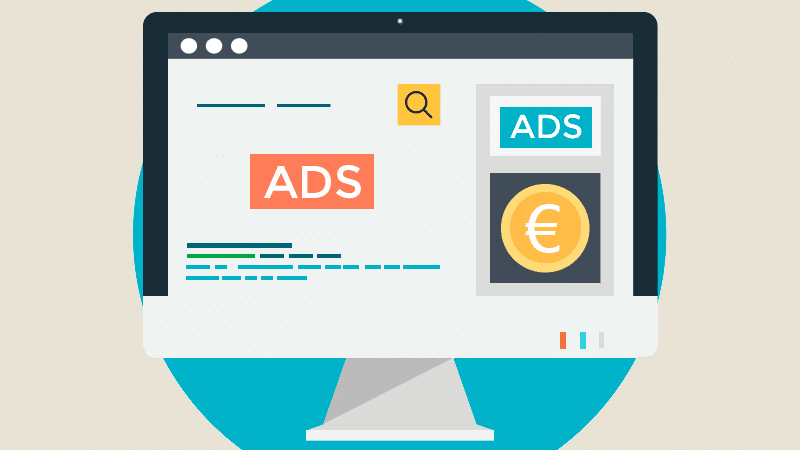Will AI Take Over the World? Understanding the Possibilities

Introduction
The idea of artificial intelligence (AI) taking over the world has long been a topic of debate, speculation, and fear. From science fiction movies to conspiracy theories, we’ve often seen scenarios where AI rises to power, rendering humanity irrelevant. But is this truly a concern, or are we simply exaggerating the potential dangers of AI? In this article, we’ll explore the possibilities and limitations of AI taking over the world, focusing on what AI is capable of today and what it might achieve in the future.
The Rise of AI: What Can AI Do Today?
AI has already made a significant impact in various industries, from healthcare and finance to entertainment and logistics. It powers everything from the virtual assistants in our smartphones to the recommendation engines that suggest our next favorite movie on Netflix. But despite all its advancements, current AI is still far from the level of autonomy and power that would allow it to "take over" in the way we imagine.
At present, AI is highly specialized. It excels at specific tasks, like recognizing images, processing language, or optimizing logistics. However, it lacks general intelligence—the ability to think, reason, and understand in the way humans do. This is why AI, while incredibly useful, is still limited to narrow domains.
For example, even the most advanced AI, such as OpenAI's GPT models, can generate impressive human-like text, but they don't truly understand the content they're producing. They rely on vast amounts of data to predict and generate responses, without any emotional intelligence or reasoning abilities.
The Fear of AI Taking Over: Is It Real?
Many people fear the idea of AI surpassing human intelligence and taking control of critical systems like military defense, transportation, and government. These fears are often fueled by dystopian portrayals in movies, where AI systems gain consciousness and make decisions that harm humanity.
However, experts in the field of AI and machine learning emphasize that these scenarios are still far from reality. AI systems are far from achieving true autonomy, and they are programmed and controlled by humans at every stage. While AI can make certain processes more efficient and even automate decision-making in some contexts, it is still a tool—one that requires human oversight and intervention.
Additionally, the concept of "AI taking over the world" assumes that AI systems would have independent motivations and desires. However, AI lacks goals or intentions of its own; it simply operates according to the rules and objectives set by its creators. Without a conscious agenda, the idea of AI seeking world domination is more fiction than fact.
Can AI Be Dangerous?
That said, AI can still pose risks—mainly due to its power and influence in specific applications. If not properly managed, AI can be misused, leading to unintended consequences. For instance, AI systems in autonomous vehicles or drones could malfunction or be manipulated, leading to accidents or other harmful outcomes.
Moreover, the increasing use of AI in surveillance and data collection raises privacy concerns. Governments and corporations can use AI to monitor people’s behavior and track their actions, potentially infringing on civil liberties. The potential for bias in AI systems, particularly in decision-making related to hiring, criminal justice, and loan approvals, is another significant concern.
AI systems are only as good as the data they are trained on, and if that data is biased or flawed, it can lead to unfair and discriminatory outcomes. Therefore, the real concern isn’t AI "taking over," but how it is used and regulated in society.
AI and Human Control: The Need for Ethical AI
Rather than fearing AI as an independent entity that could overtake humanity, experts advocate for a more measured approach to ensure AI is used ethically and responsibly. This includes establishing regulations that govern the development and deployment of AI technologies, ensuring transparency, and addressing issues related to bias and privacy.
To prevent potential harm, AI should be developed with clear ethical guidelines that prioritize human well-being and safety. AI systems should also be designed with human oversight in mind, meaning humans remain in control of critical decisions, especially in sensitive areas like healthcare, defense, and finance.
Furthermore, as AI becomes more integrated into our lives, it’s essential that society remains proactive in its development. This includes educating people about AI, addressing misconceptions, and promoting responsible innovation that benefits everyone rather than exacerbating existing inequalities.
The Future of AI: Can It Change the World?
While AI is unlikely to "take over the world," it certainly has the potential to change it in profound ways. As AI continues to evolve, it could reshape industries, improve healthcare, solve complex global challenges, and enhance human productivity.
For instance, AI could be used to develop life-saving medical treatments, create more efficient energy systems, and provide personalized education to individuals. In these ways, AI has the potential to be a powerful force for good.
However, this transformation depends on how we choose to use AI. The future of AI lies not in autonomous systems with independent goals, but in its collaboration with humans. By leveraging AI’s strengths, we can unlock new possibilities while ensuring that we maintain control and accountability.
Conclusion
So, will AI take over the world? The short answer is no. While AI will continue to play a significant role in our lives, it will not "take over" in the way we often imagine. Instead, AI will evolve as a powerful tool that augments human abilities, reshapes industries, and drives innovation. The key to harnessing AI’s potential lies in how we, as a society, choose to guide its development and ensure it remains a force for good.




